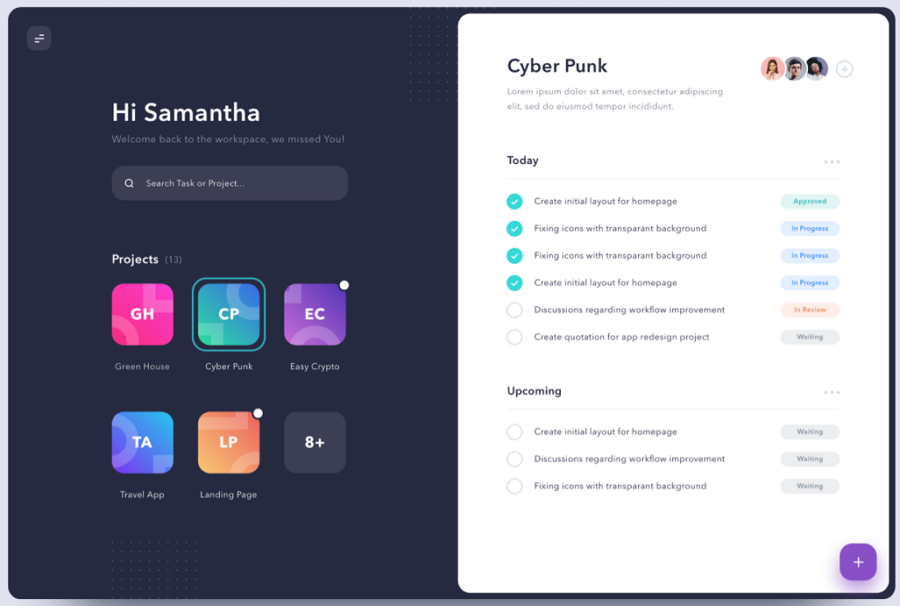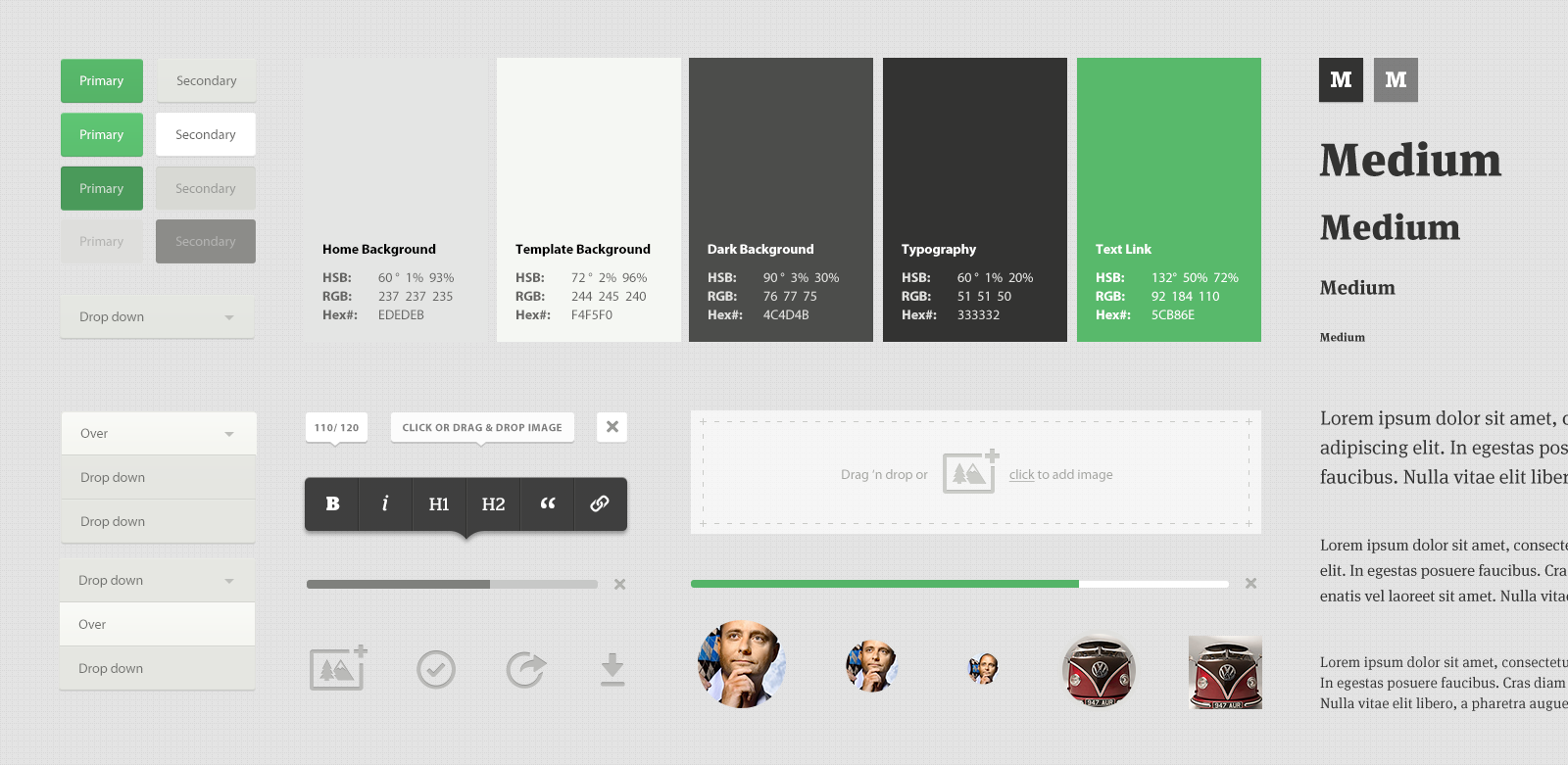Table Of Content

That is why we made a list of 10 free design apps that can cover almost any need when it comes to user experience development, UXD, UID or web design. Fluid is a free tool for creating interactive wireframes and prototypes. Fluid uses a library of elements that includes iOS, Android, and Windows UI, and its drag-and-drop interface really makes prototyping very easy and fast, even for those who have never used similar tools. You can also create design components and turn any element drawn on the canvas into a full-featured component.
of the best UI design tools worth trying in 2024.
Here’s the list of the best UI UX design software that you will find handy to design with. Microinteractions are subtle, purposeful animations or visual responses that happen in response to user actions. They provide feedback, communicate system status, and enhance the overall user experience by bringing the interface to life. Incorporating meaningful microinteractions, like button hover effects or progress indicators, will no doubt take your designs to the next level.

Spotify's Harmonious User Flow
When designing or evaluating an interface, it’s best to refer to the usability guidelines set forth by Nielsen in order to build a product that provides the best possible user experience. Proto.io is a browser-based UI tool and is considered one of the most powerful UI design software. Prototypes differ from the final product and aim to solve the problem by offering the right tools to create, collaborate, and test life-like prototypes virtually.
Resources
When a user tries to click the button first, the text switches to ‘Select Your Size’. Frank and Oak, a clothing retailer with a strong media and lifestyle focus, uses its UI to grab the attention of its users and their taste in style. It draws your focus to the explanation on the left while leading the eye naturally to the product examples so efficiently displayed on the right. All in all, it’s a great lesson in how to combine different simple but bold graphics and text elements to generate a convincing whole.
What is UX design?
However, if you’re not willing to dedicate the time to learn these things, maybe design is not for you. On top of being a fantastic resource of visual inspiration, Muzli also has a blog – Muzli Magazine – where they curate great articles from various sources. Though they aren’t exclusively UX-focused, most articles on their feed are related to UX/UI design. Looking at bad design can be just as valuable as collecting inspiring designs.
Why Are UI/UX Tools Essential for Designers?
This integration reduces the need to switch between multiple platforms, saving time and maintaining a centralized record of all discussions related to the design. When multiple people are working on a design project, keeping track of revisions is crucial. Version control tools help you manage changes and maintain a history of your design iterations.
With a Facebook pedigree (it was built by and for Facebook designers), Origami Studio packs in more complexity than something like InVison or Sketch — which are a bit easier for beginners in design. For those who need a more advanced prototyping tool as a part of their design system, Origami Studio has a lot to offer. In this list, the first 11 tools mentioned are great for UI design, while are great for UX. Let’s dive into each one and learn how you can craft beautiful projects.
Ecommerce UX: Design Strategies and Best Practices for 2024 - Shopify
Ecommerce UX: Design Strategies and Best Practices for 2024.
Posted: Mon, 27 Nov 2023 08:00:00 GMT [source]
II. UX/UI best practices
Be sure to use colour combinations that meet contrast accessibility guidelines, provide alternative text for images, and design with keyboard navigation in mind. With the visual strategy agreed upon, you can start developing your wireframes from low-fidelity sketches to mid-fidelity designs, adding branding and personality to bring them to life. Once the wireframes are in place, it’s time to move on to the exciting visual design phase! Prior to this point, you might have created a mood board complete with colours, typography and animations reflecting the users’ needs and design goals. As we’ve already stressed, every item on every screen should be absolutely essential to the user experience, with all that is superfluous stripped out at the prototyping stage. Yet even among these essential items, some will inevitably be more essential than others.
Visit participants in their natural environments, such as their homes, workplaces, or any setting where they would typically interact with the product or service. Observe them performing relevant tasks or using the existing interface. Develop an observation guide or script to ensure consistency across observations. This guide should include open-ended questions and prompts to encourage participants to explain their actions and thought processes. Next, select a diverse group of participants who represent your target audience. Aim for a range of user types, experience levels, and demographic characteristics.
Create design systems with linked UI components and styles your whole team can use across all of your projects. Leave and receive feedback directly on designs and prototypes via comments. The pastel colour palette evokes calm and composure, while the use of card design clearly and neatly divides the different healthcare services and topics into easily identifiable sections. The typography is a plain, no-frills affair, allowing the user to quickly find the information they need. So far, we’ve seen some rather bold and beautiful examples of UI design. But sometimes, you just need to keep things classic and simple, like the Boots Online Doctor website.
Of course, if we are a web design agency, or a UX consultancy, the limitation per project will immediately force us to pay. Each year, we enjoy speaking with mentors, internal team members, and other experts in the design community to learn what design trends are on the horizon. Establishing measurable goals will help guide your design decisions, as well as provide a reference point for how successful your design is upon launch. Don’t assume that all users are just like you and the people you know. This goes for everything from technical knowledge and abilities to world-outlook.
When UI design is done well, it has the power to delight the user, guide them through the completion of specific tasks and to convey brand values and personality. How do we make our design files easier to use for both ourselves and any other designers that might use our design file? We need to document our UI design and keep the components sade in reliable shared cloud storage is important. Wireframes are very useful, not only for designing high-usability UIs but also for finding out what our UI will require in the long run. One watchout with progressive disclosure is to make sure you don't lose users along the way. "Give users a way to orient themselves, so they know where they are and how many steps they have to go," Tom recommends.
And what works for a mobile app, for instance, won’t necessarily be the right solution for desktop software or a website. Yet the general principles of good UI design remain consistent across all platforms and projects. Designing Mindfulness is a simple website that’s dedicated to 9 principles and actions that you can take as a designer to create products that take care of the people who use them. I’d argue that most of these principles are principles of great design, so Designing Mindfulness is an excellent resource for anyone working on a product. Hack Design is a free design course that covers a great deal of UX and UI design. Each lesson starts with a short introduction and continues with a list of curated articles that cover everything you need to know about the topic.
Figma is ideal if you’re looking for an all-in-one tool to cover everything from ideation to interactive prototyping—wrapped up in a delightfully intuitive interface. Proto.io is a web-based, no-code prototyping tool that allows you to create high-fidelity, interactive prototypes in record time. Sketch is a powerful and flexible UX and UI design platform built for collaborative design. It has long been considered an industry-standard tool, ideal for both beginner and advanced designers. Gain a solid foundation in the philosophy, principles and methods of user experience design. Allows for content and ad personalization across Google services based on user behavior.
In this article, we will discuss what Contextual Inquiry is and how to implement it in your design project. Its user-friendly interface makes it easier for experienced and fresher designers to develop low-fidelity wireframes. Balsamiq has a wide range of elements that allow designers to drag & drop to craft high-quality wireframes within a few minutes.
The UI design is clear and simple, allowing the user to quickly navigate the interface to achieve their goals, or browse if they are not sure what they are looking for. Plus it’s aesthetically pleasing and fun, and leaves users feeling satisfied. Each card has the same format and a bright unique color design to make them visually distinct. Among these, one card contains a quote from one of the books within the searched topic, teaching the reader something new—in line with Blinkist’s brand as an app for learning. If the reader wants to find out more, they can click on the link within the card to take them straight to the book, saving them time trying to find it themselves. Templates are great tools for any app to speed up learning for current users and attract more in the future.


No comments:
Post a Comment